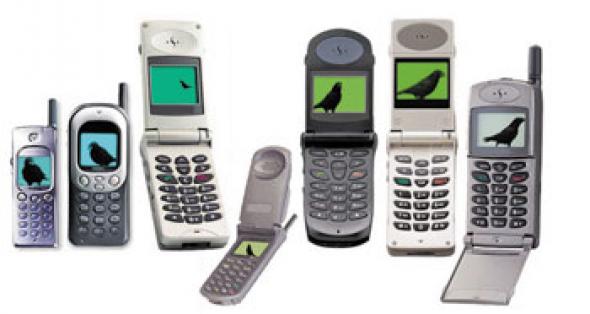The Screen is not the World
Matt Locke on why lazy crows love 3-D cities (real ones)
As the nascent third generation (3G) companies struggle to turn multi-billion pound licences into services that users actually want, independent developers are coming up with quirky, radical projects that are informed by a ground-level understanding of the ergonomics of wireless space, rather than a top-level economic imperative. From consume.net’s radical neighbourhood networks to Rachel Baker’s SMS m-zines (see Mute 20) and Lucy Kimbell’s mobile flaneur theory, artists and designers are finding the cracks in wireless space and seeding them with ideas that deconstruct the seamless space promised by telco’s hype.
Straddling this boundary between independent research and corporate product development, Fiona Raby’s research projects for companies such as Phillips take a radical approach to narrative and public space, using the mobile device as a ‘trigger’ for playful encounters with fictional avatars and real people. Her recent 3G concept project ‘My Lazy Crow’ subverts the idea that mobile services require hyper-personalised, contextual services, creating instead an inept, feckless avatar constantly distracted by shiny objects and the opportunity to hitch a lift on a passing bus or car as it traces a circuitous route around the city.
Raby’s work is not just a ‘slacker’ take on location-based services, but a serious attempt to prove that the wireless network can be social, ephemeral and serendipitous instead of personal, pervasive and ubiquitous. The narrative seed for her ‘crow’ is ‘your mental map of the city – where you released the crow and where you live, because that’s where it’s going to eventually end up.’ It becomes as drawn to the living, breathing social patterns of the city as you are – hanging out with other crows on public billboards before finally wending its way home hours after its owner. Instead of trying to resist or replace the city, Raby sees the city as ‘Hi-res and full of the most rich and wonderful content – a space of daydreaming, of imagination, where fictional entities work themselves into people’s everyday routines and start to infect real space.’ This situationist interpretation is the exact opposite of mainstream telcos’ desire to punctuate urban space with personalised consumer zones; dematerialising real space into a network of marketing opportunities. Raby’s work calls instead for a ‘re-materialisation’, that recognises that ‘space, as a social medium, even subliminally, has an important part to play.’ Whilst none of the collaborations between Raby, partner Anthony Dunne and animator Ben Hooker have yet to see the light of day as consumer products, they create a space within networks that reflect the complex social interactions of urban space. As the Telcos promise us a world where information doesn’t arrive just-in-time but before-you-even-knew-you-needed-it, it’s important to remember that the 3-D fabric of the city – full of dirt, crows, crowds and traffic – will always be richer than any 2-D (even 3G) screen.
Matt Locke <matt AT the-media-centre.co.uk> is Creative Director at The Media Centre, Huddersfield, and runs a joint research programme in Architecture and Interactive Systems with Huddersfield Universoty.
All quotes, including title, from email exchanges with Fiona Raby, August 2001.Dunne and Raby [http://www.crd.rca.ac.uk/dunne-raby]
Mute Books Orders
For Mute Books distribution contact Anagram Books
contact@anagrambooks.com
For online purchases visit anagrambooks.com








